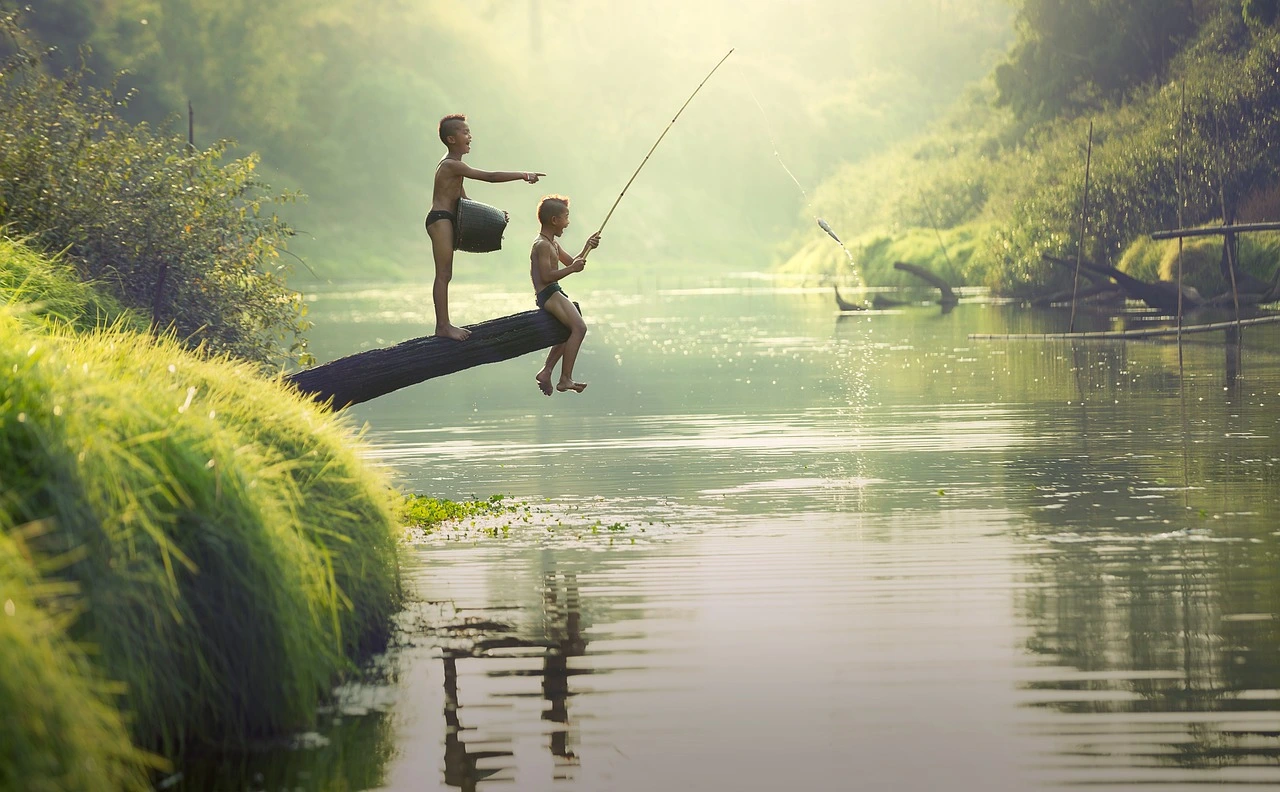1. Introduction to Fishing
Fishing, an ancient practice, has evolved from being a means of survival to becoming a beloved recreational activity for people all over the world. It goes beyond merely catching fish; it’s a passion that brings people closer to nature and provides a unique thrill that is unmatched by other pursuits.
Table of Contents
The Evolution of Fishing: From Survival to Recreation
In the early days, fishing was crucial for human survival as it provided a vital food source. Over time, as civilizations developed and societies progressed, fishing transformed into a recreational activity enjoyed by millions today.
Why Fishing is More Than Just Catching Fish
Fishing is not merely about catching fish; it offers a sense of tranquility, connection with nature, and a chance to escape the stresses of everyday life. It’s a sport that fosters patience, focus, and appreciation for the environment.
The Thrill of the Catch: Understanding the Allure of Fishing
The exhilaration of feeling a tug on the fishing line and the anticipation of reeling in a fish create an unmatched adrenaline rush. Understanding the psychology behind this thrill is essential to truly appreciate the art of fishing.
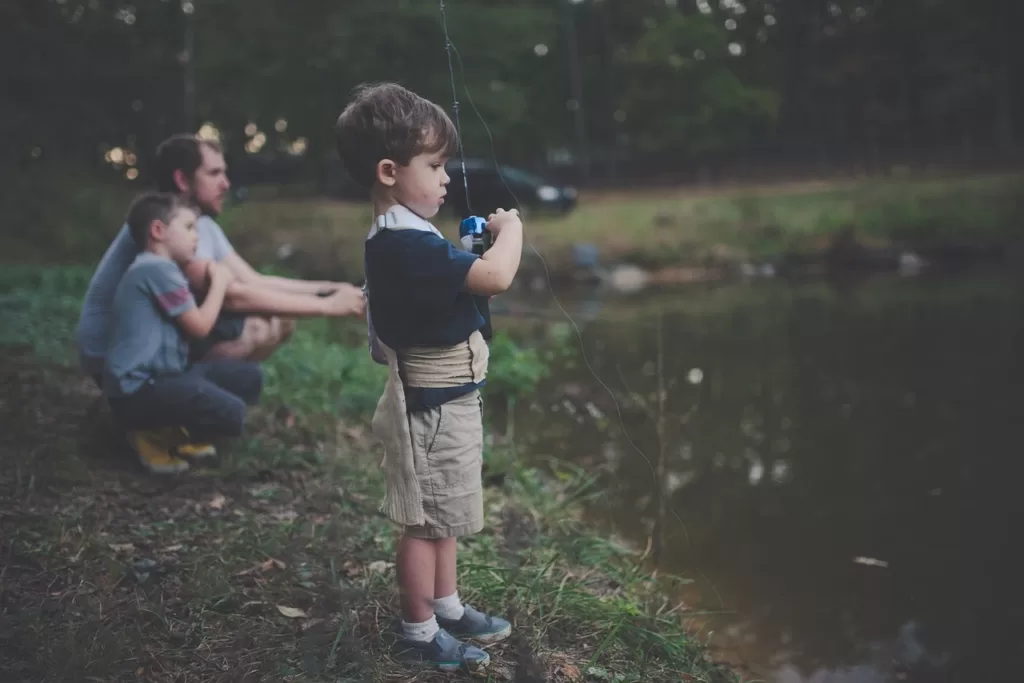
2. Understanding Different Types of Fishing
Fishing encompasses various techniques tailored to specific environments and fish species. Let’s explore the diverse types of fishing:
Freshwater Fishing
Freshwater fishing takes place in lakes, ponds, rivers, and streams. Each environment demands different approaches, making freshwater fishing a versatile and rewarding experience.
Exploring Lakes and Ponds
Lakes and ponds provide ample opportunities for freshwater fishing. Understanding the water’s topography and the habits of various fish species is crucial for success.
Navigating Rivers and Streams
River and stream fishing require adaptability due to changing water conditions. Learning to read the currents and understand fish behavior is essential for a fruitful outing.
Saltwater Fishing
Saltwater fishing occurs in oceans, seas, and coastal regions. It offers a wide range of species and fishing experiences, from shore fishing to deep-sea adventures.
Shore Fishing
Shore fishing is accessible and popular among beginners. It involves fishing from the shoreline, piers, jetties, or rocky outcrops, targeting various saltwater species.
Deep-Sea Fishing
Deep-sea fishing is a thrilling experience that involves venturing far from the coast to catch large and powerful game fish. It requires specialized gear and knowledge of offshore habitats.
Fly Fishing
Fly fishing is a delicate and artistic form of angling that uses artificial flies to mimic insects or other natural prey. It requires precision and finesse to fool selective fish.
The Art and Technique of Fly Casting
Mastering the art of fly casting is essential for successful fly fishing. It involves various casting techniques and maneuvers to deliver the fly accurately.
Targeting Specific Fish Species with Flies
Different fly patterns and sizes are designed to imitate specific aquatic insects, attracting various fish species. Knowing which fly to use for different fish is a valuable skill.
3. Essential Fishing Gear and Equipment
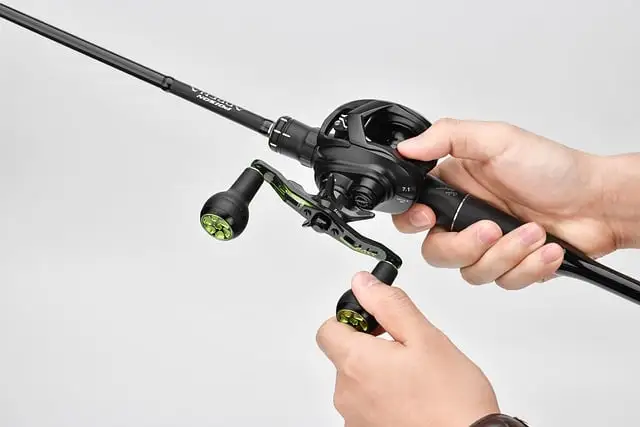
Having the right gear is vital for an enjoyable fishing experience. Here are the essential items every angler should have:
Fishing Rods and Reels
Choosing the right fishing rod and reel combination based on the fishing technique and target species is crucial for optimal performance.
Matching Rods to Different Fishing Techniques
Different fishing techniques require specific rod characteristics. Understanding rod actions, lengths, and materials ensures the right fit for each style of fishing.
Understanding Reel Types and Their Applications
Reels come in various types, such as spinning, baitcasting, and trolling reels, each designed for specific fishing methods and environments.
Fishing Lines and Hooks
Selecting the appropriate fishing line and hooks is vital for secure and successful catches.
Mono vs. Braided Lines: Pros and Cons
Both monofilament and braided lines have their advantages and disadvantages. Understanding their differences helps anglers make informed choices.
Selecting the Right Hook Size and Style
Hooks come in different sizes and styles, each suitable for specific bait and fish species.
Bait and Lures
Choosing the right bait or lure is an art in itself. Natural baits and artificial lures each have their advantages, depending on the fishing conditions.
Natural Baits: Worms, Minnows, and Insects
Using live bait such as worms, minnows, and insects can be highly effective in attracting various fish species.
Artificial Lures: Crankbaits, Spinners, Soft Plastics
Artificial lures, like crankbaits, spinners, and soft plastics, come in an array of designs and colors to mimic the movement of prey and entice fish.
Fishing Tackle Boxes and Accessories
Keeping fishing gear organized in tackle boxes is essential for quick access and convenience during fishing trips.
Organizing Your Tackle for Efficiency
A well-organized tackle box improves efficiency and ensures anglers have the right gear at the right time.
Must-Have Accessories for Every Angler
There are several accessories that can enhance the fishing experience, from fishing hats and gloves to fishing scales and multi-tools.
4. Fishing Techniques and Strategies

Mastering various fishing techniques is crucial for success. Here are some popular techniques and strategies:
Casting Techniques
Casting is a fundamental skill in fishing. Different casting techniques, such as the overhead cast, sidearm cast, and roll cast, suit different fishing scenarios.
Overhead Cast
The overhead cast is the most common and versatile casting method, suitable for various fishing environments.
Sidearm Cast
The sidearm cast is useful when fishing in areas with low clearance, like dense vegetation or overhanging trees.
Roll Cast
The roll cast is essential for fishing in tight spaces or where backcasting space is limited.
Drift Fishing
Drift fishing involves presenting baits or lures to fish that are actively feeding in moving water.
Mastering the Art of Drifting
Perfecting the drift allows anglers to maintain a natural presentation and cover more water.
Using Currents to Your Advantage
Understanding how currents affect fish behavior helps anglers position their baits effectively.
Bottom Fishing
Bottom fishing is a popular technique for targeting fish species that dwell near the seabed.
Choosing the Right Rig for Bottom Fishing
Using the right rig setup ensures baits are presented effectively.
Targeting Bottom-Dwelling Species
Knowing the habits and preferences of bottom-dwelling species increases the chances of a successful catch.
Trolling
Trolling involves pulling bait or lures behind a moving boat to cover large bodies of water.
Setting Up Trolling Rigs
Properly setting up trolling rigs ensures baits or lures run at the right depth and speed.
Covering Vast Water Bodies Effectively
Trolling is an efficient way to explore vast bodies of water and locate fish.
5. Understanding Fish Behavior

Knowing how fish behave in different situations is essential for successful fishing trips.
Identifying Feeding Patterns
Understanding when and where fish are most likely to feed improves the chances of catching them.
Seasonal Migration of Fish
Fish often migrate during certain seasons, which affects their availability in specific locations.
How Weather Affects Fish Activity
Weather conditions can impact fish behavior, and understanding these effects aids in planning fishing outings.
6. Best Fishing Spots and Locations

Knowing the top fishing destinations around the world and hidden gems in local areas adds excitement to every angler’s journey.
Top Fishing Destinations Around the World
Some locations offer extraordinary fishing experiences due to abundant marine life and breathtaking surroundings.
Local Hotspots: Finding Hidden Gems in Your Area
Exploring lesser-known fishing spots near your area can lead to surprising discoveries and memorable catches.
7. Catch and Release: Ethical Fishing Practices
Responsible anglers practice catch and release to conserve fish populations and promote sustainability.
Benefits of Catch and Release
Catch and release contributes to the preservation of fish stocks and ensures future generations can enjoy fishing.
Handling Fish Properly for Release
Knowing how to handle fish properly during catch and release minimizes harm and increases survival rates.
Conservation Efforts and Protecting Fish Populations
Supporting and participating in conservation efforts helps maintain healthy fish populations.
8. Safety Tips for Anglers
Prioritizing safety while fishing is paramount to a positive and secure experience.
Water Safety: Drowning Prevention
Understanding water safety measures reduces the risk of accidents while fishing.
Sun Protection and Proper Clothing
Appropriate clothing and sun protection guard against harmful UV rays and adverse weather conditions.
Handling Hooks and Fish Safely
Practicing safe hook removal and fish handling prevents injuries to both anglers and fish.
9. Cooking and Preparing Your Catch
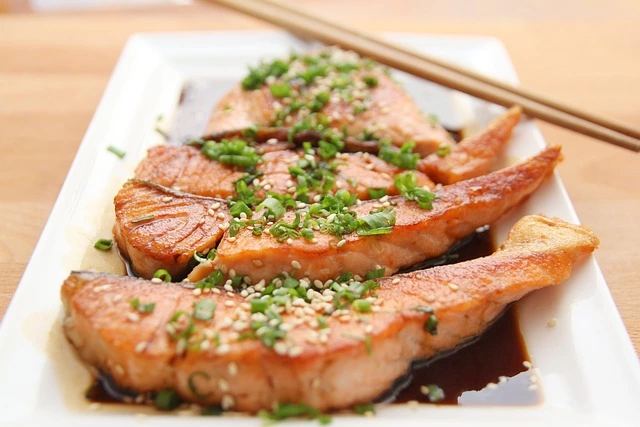
Enjoying the fruits of a successful fishing trip involves cleaning, gutting, and preparing the catch.
Cleaning and Gutting Fish
Properly cleaning and gutting fish ensures their freshness and quality when cooked.
Delicious Fish Recipes to Try
Experimenting with various fish recipes adds a culinary dimension to fishing adventures.
10. Advanced Fishing Techniques
For seasoned anglers looking for new challenges, advanced fishing techniques offer exciting opportunities.
Night Fishing Strategies
Night fishing can be rewarding and provides a unique experience of catching nocturnal species.
Ice Fishing: Tips for Cold-Weather Anglers
Ice fishing requires specialized gear and techniques to fish in frozen water bodies during winter.
Bowfishing: A Unique Fishing Adventure
Bowfishing combines archery and fishing, offering a thrilling and unconventional way to catch fish.
11. Troubleshooting Common Fishing Problems
Anglers often encounter challenges during fishing trips. Knowing how to troubleshoot common issues ensures a more enjoyable experience.
Snags and Tangles: How to Avoid and Deal with Them
Snags and tangles can be frustrating, but with the right techniques, they can be minimized and resolved.
Fish Not Biting? Troubleshooting Slow Days
Understanding the reasons behind slow fishing days helps anglers adjust their strategies.
12. How to Plan the Perfect Fishing Trip
Planning a successful fishing trip involves careful preparation and consideration of various factors.
Researching and Choosing the Right Location
Thoroughly researching fishing locations and their suitability for the desired fish species is essential.
Packing and Preparing for Your Trip
Creating a comprehensive packing list and being adequately prepared ensures a smooth and enjoyable fishing expedition.
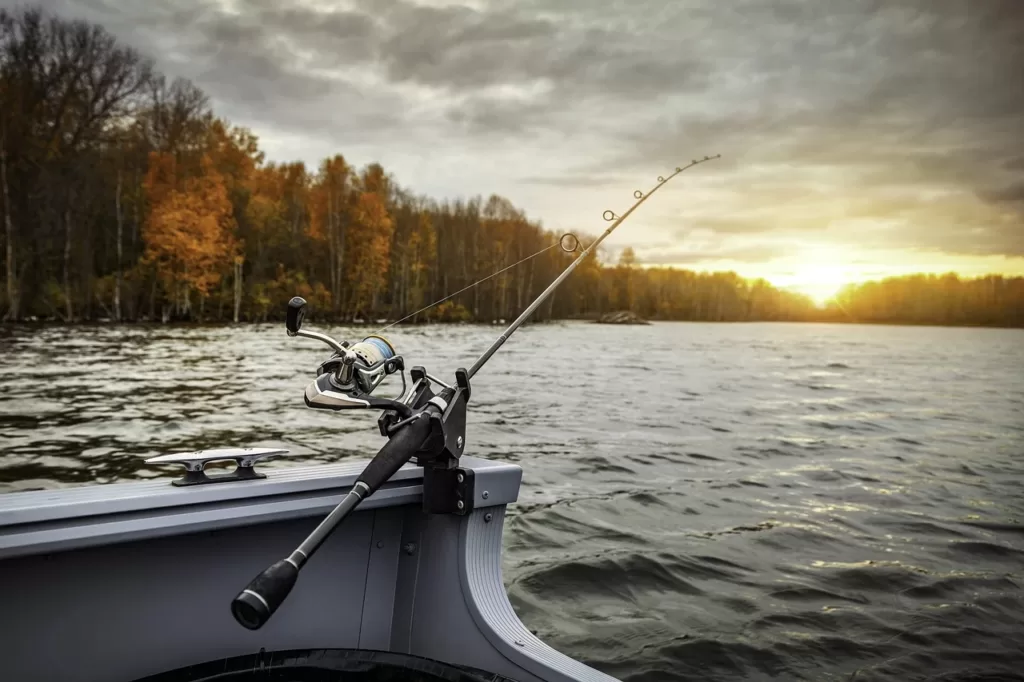
FAQs (Frequently Asked Questions)
- What is the best time of day to go fishing? The best time to fish varies depending on the fish species and fishing location. Generally, early morning and late afternoon are considered prime fishing times.
- Do I need a fishing license for recreational fishing? Fishing license requirements vary by location. In most places, a fishing license is required for recreational fishing. It’s essential to check local regulations before casting your line.
- Can I fish in saltwater using freshwater fishing gear? Fishing in saltwater with freshwater gear is generally not recommended. Saltwater conditions can damage freshwater equipment, so it’s best to use gear designed for saltwater fishing.
- What is the difference between catch and release and catch and keep fishing? Catch and release involves releasing the caught fish back into the water, while catch and keep fishing allows anglers to keep and consume the fish.
- How can I improve my casting distance? Improving casting distance requires practice and proper technique. Focusing on the wrist snap and timing during the cast can help increase distance.
- What type of fishing line is suitable for beginners? Monofilament fishing lines are generally recommended for beginners due to their ease of use and forgiving nature.
- Are there any specific regulations for fishing in national parks? Fishing regulations in national parks may differ from other areas. Anglers should be aware of and comply with the specific rules set by the park authorities.
- How do I handle and unhook a fish safely? Handling fish with wet hands and using appropriate tools like fish grips or pliers helps minimize stress and injury to the fish.
- What are some effective natural baits for catching bass? Bass are often attracted to natural baits such as worms, crayfish, and minnows.
- Is fishing safe for kids and families? Fishing can be a safe and enjoyable activity for kids and families when proper safety precautions are followed.
- What should I do if I accidentally catch an endangered species? If you accidentally catch an endangered species, handle it with extreme care and release it immediately, reporting the incident to local wildlife authorities.
- What are some eco-friendly fishing practices I can follow? Practicing catch and release, using biodegradable fishing gear, and adhering to fishing regulations are some eco-friendly practices anglers can adopt to protect the environment.
In conclusion, mastering the art of fishing involves a combination of knowledge, skills, and passion for the sport. From understanding different types of fishing to employing various techniques and strategies, every angler can enhance their fishing experiences. Embracing ethical and sustainable practices ensures the preservation of fish populations and the environment. So, whether you are a beginner or a seasoned angler, the journey of fishing offers endless possibilities and the joy of connecting with nature and the thrill of the catch.

